The struggle for dignity: Martin Luther King Jr.'s last battle in photos
Photographer Richard Copley recalls covering the sanitation workers' strike.
Photographer Richard Copley recalls covering Martin Luther King, Jr. and the sanitation workers' strike in Memphis, Tennessee, 51 years ago, when he was a college student. Opinions expressed here do not necessarily reflect the views of ABC News.
March 18, 1968, was the day I began the most important story of my career in photojournalism.
This was my first big story covering Dr. Martin Luther King Jr. at Mason Temple. I was a 22-year-old college student at then-Memphis State, now the University of Memphis. I worked in photo services as a paid student.
I remember my boss and mentor Gil Michael called me in and said there was a union, the American Federation of State, County and Municipal Employees (AFSCME), that wanted some pictures taken and he asked if I was interested. Well, I was always looking for extra money, so I jumped at it having no idea of what I was stepping into and how important the images would be 50 years later.
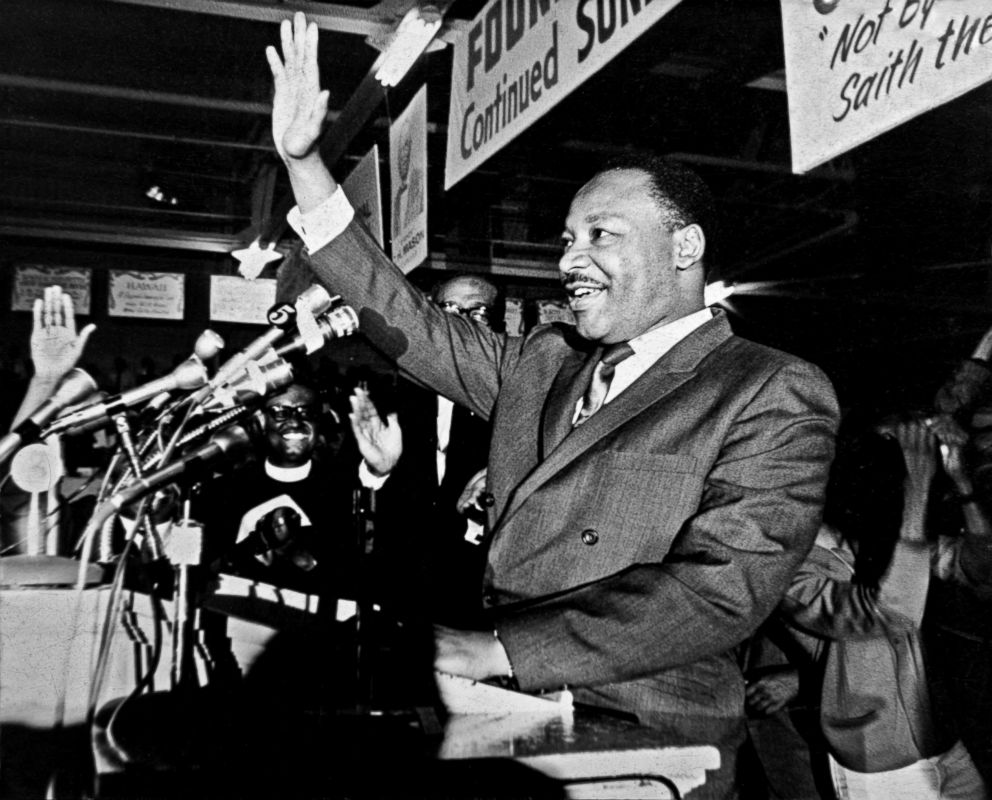
Dr. King came to Memphis in support of the sanitation workers and their families. He spoke to a packed house. He promised to return to lead a march in support for the striking workers. A freak snowstorm dumped 12 inches and postponed his return. I have often thought how history might have been different.
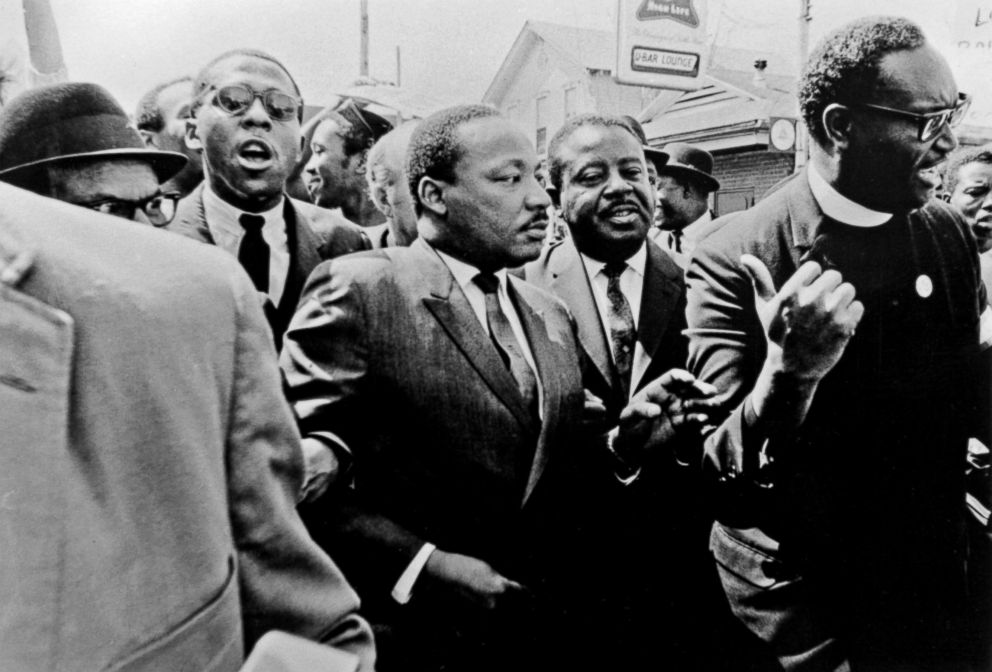
He returned on March 28, and striking sanitation workers gathered with their families and supporters, more than 5,000 strong, participated in the march. Led by Dr. King, the march headed up Beale Street holding signs declaring "I Am a Man."
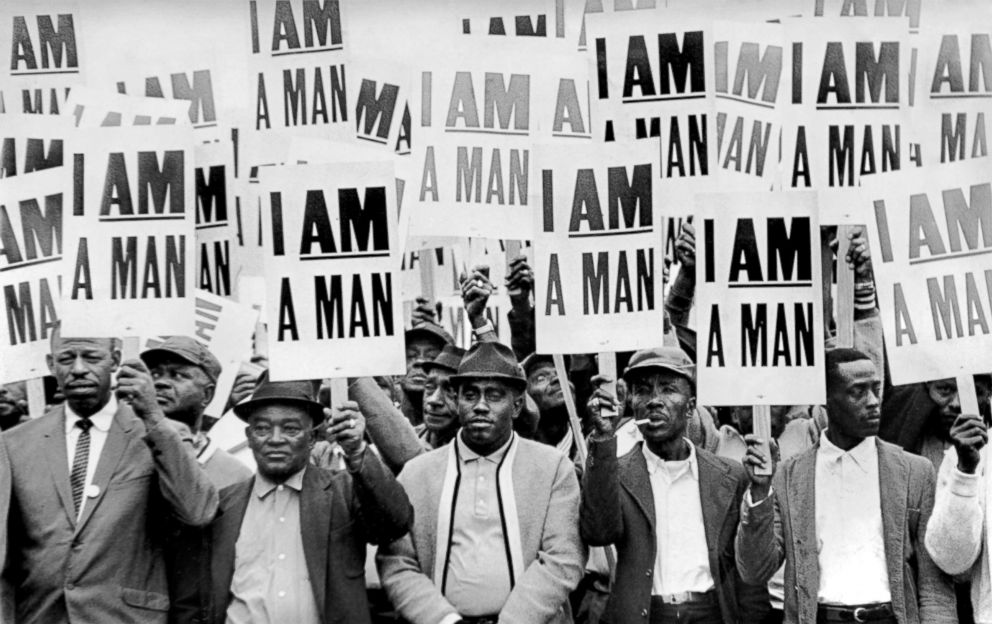
Behind Dr. King, you could hear windows breaking and he was removed from the march. At that point, all hell broke loose. It was exciting and terrifying at the same time.
I was sprayed with mace and unable to see, but I could hear screams as the police moved in. It was like a war zone. It was my first riot, but sadly not my last.
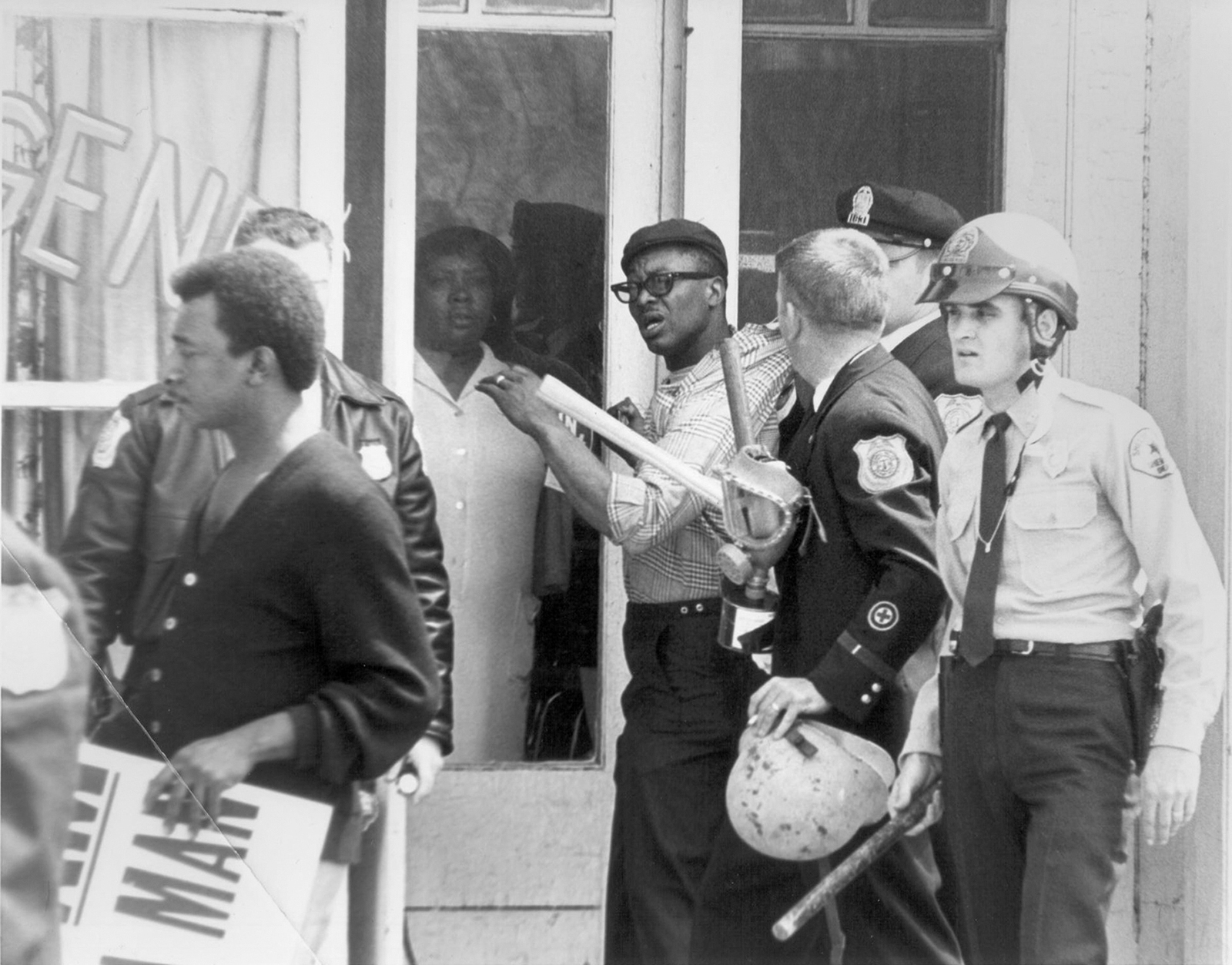
More than 200 marchers were arrested. Dozens of people were injured during the demonstrations, and Larry Payne, a 16-year-old, was shot and killed by a police officer who accused him of looting. This was a very sad day for Memphis, my hometown.
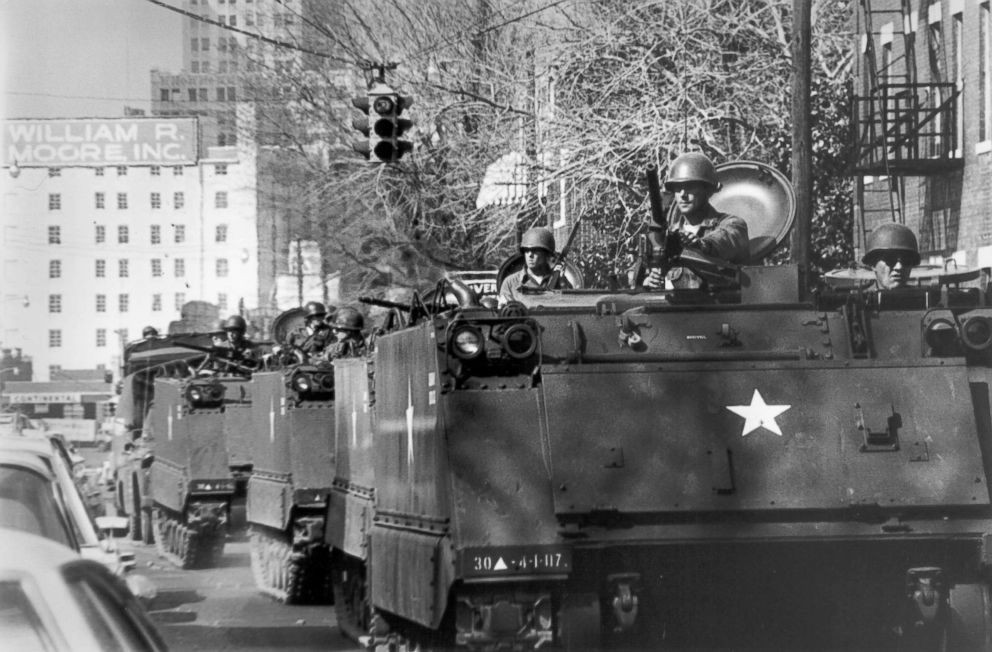
A 7 p.m. curfew was put in place and 4,000 members of the National Guard arrived to patrol the streets. The next day, March 29, was peaceful, and I took my favorite image, "Dignity," which summed up what the strike was all about.
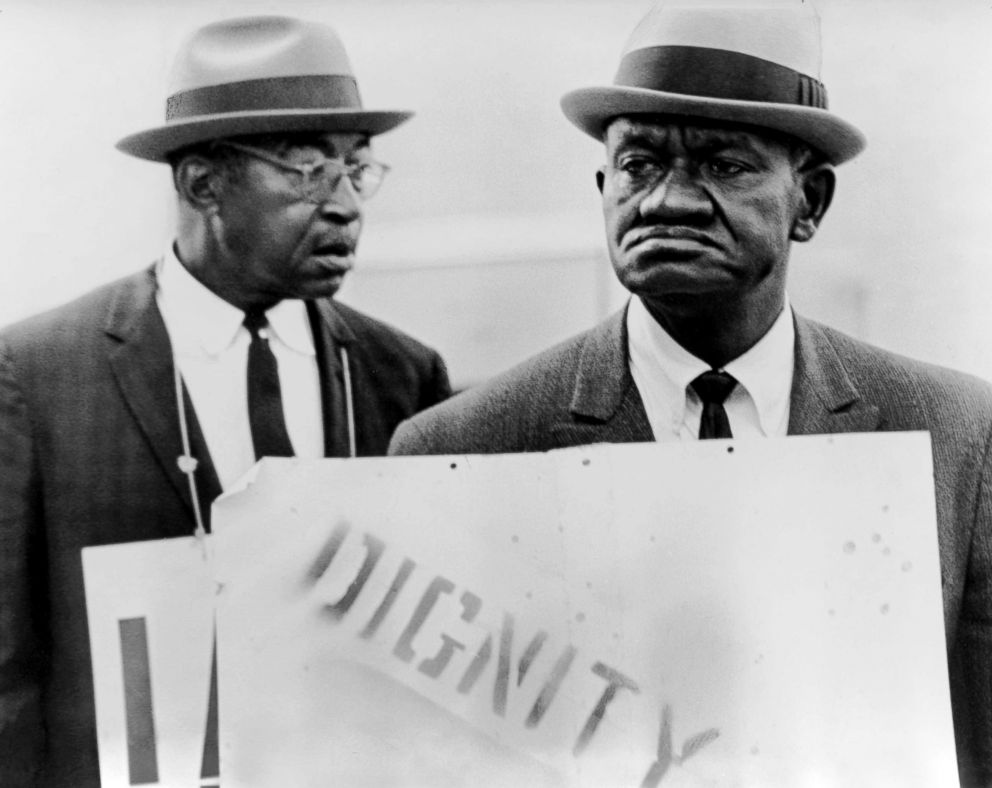
It was more than job safety, wages and the right to organize. It was a fight for dignity and these men dressed in their Sunday best with stern looks made the point.
It was a stormy night on April 3. I was again at Mason Temple and it was packed to hear Dr. King.
Dr. King didn’t feel well and Ralph Abernathy was to fill in for him, but he realized the people wanted to hear Dr. King.
He delivered his famous Mountain Top speech in which he had a premonition of his death, which sadly came true the next day. It was the most riveting speech I have ever heard.
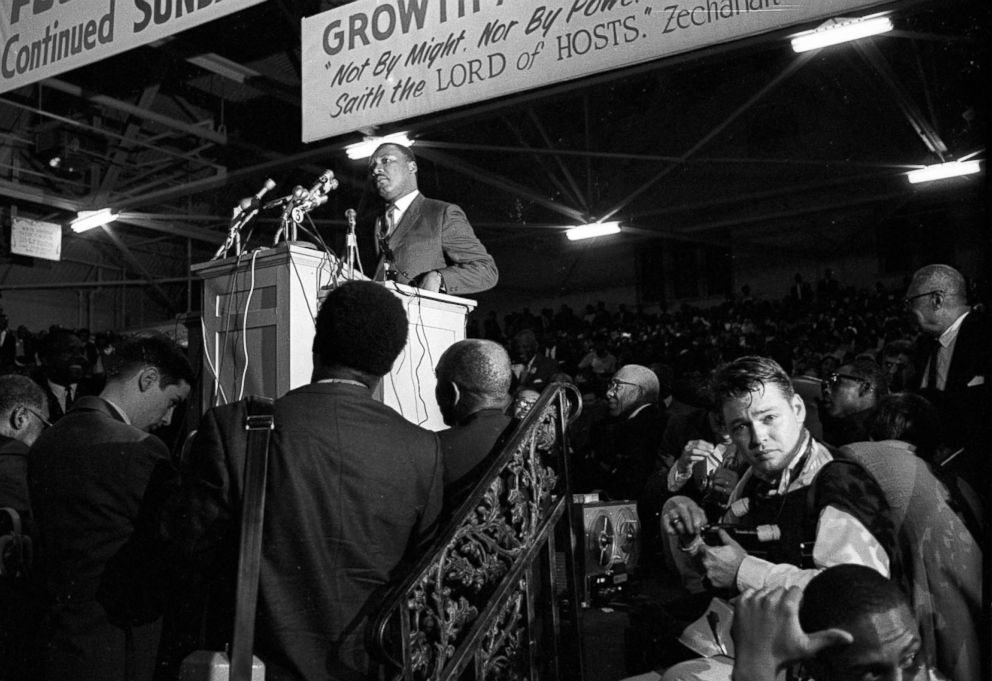
Once again civil unrest spread across the nation. Next came the memorial march on April 8 where Coretta Scott King, dressed in black with her children at her side and flanked by Harry Belafonte and Ralph Abernathy, led a silent 10,000 person march through the streets of Memphis.
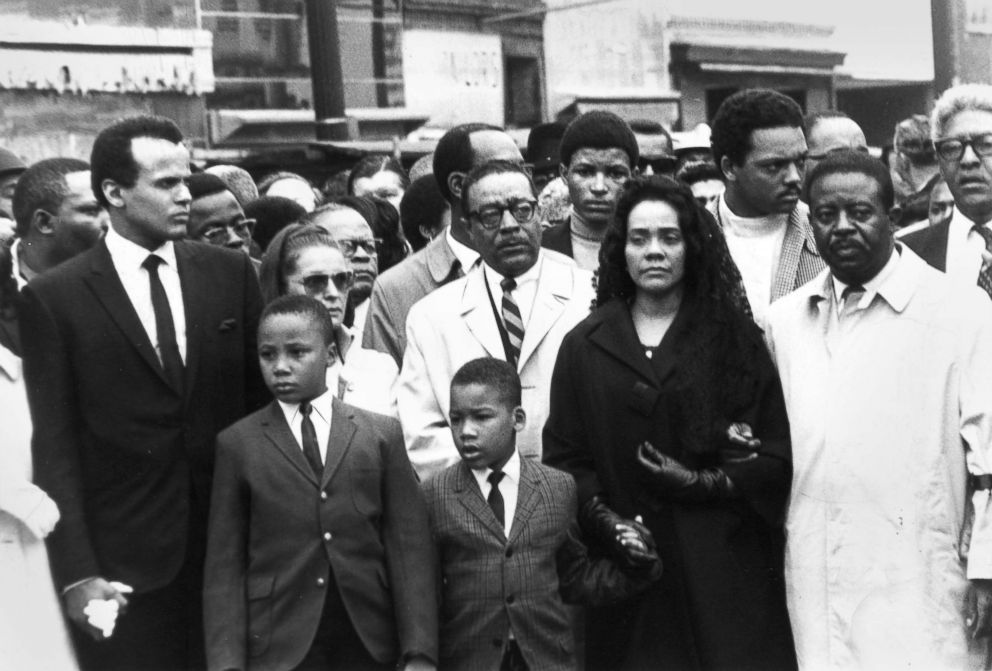
She spoke to the mourners for 15 minutes without notes about her husband’s spirit that would never die and his dream would continue.
It was a sad day in Memphis and the nation. Eight days later, the strike was settled, but at a great cost.
Never in my wildest dream would I have thought that 50 years later these images are so important to our history and be so reverent. These men and their families are heroes in my mind. I feel very privileged to have had a front row seat to history.
Richard L. Copley started his career in journalism working in the then-Memphis State photo lab under his mentor Gil Michael. He worked freelance during the 1968 sanitation strike, documenting the labor civil rights movement by taking the iconic “I Am a Man” image. While still a student at the university he found his second mentor, Noel Clarkson, by working as a summer replacement for WREC-TV in the basement of the Peabody Hotel. His early dream was to work for National Geographic, but television news was his calling. He is an award-winning cameraman, working at WAGA-TV in Atlanta, WRKO in Boston, back to Memphis at WMC-TV, covering Elvis Presley's funeral live from a helicopter, sending pictures to Memphis, New York and the world. He moved to New York in 1980 to work for NBC and went freelance in 1988 after moving to Vermont, working for ABC News, "20/20," "Good Morning America," NBC News, "Dateline," "Today" and CBS News' "60 Minutes." He was at 9/11 on the roof of 30 Rock with Tom Brokaw the night of the attack for "Nightly News." When Katrina came ashore he was in Biloxi, Mississippi, live for seven hours for ABC News and covered many days of the aftermath He still continues to cover hurricanes, weather-related stories, feature stories and documentaries for the networks.




